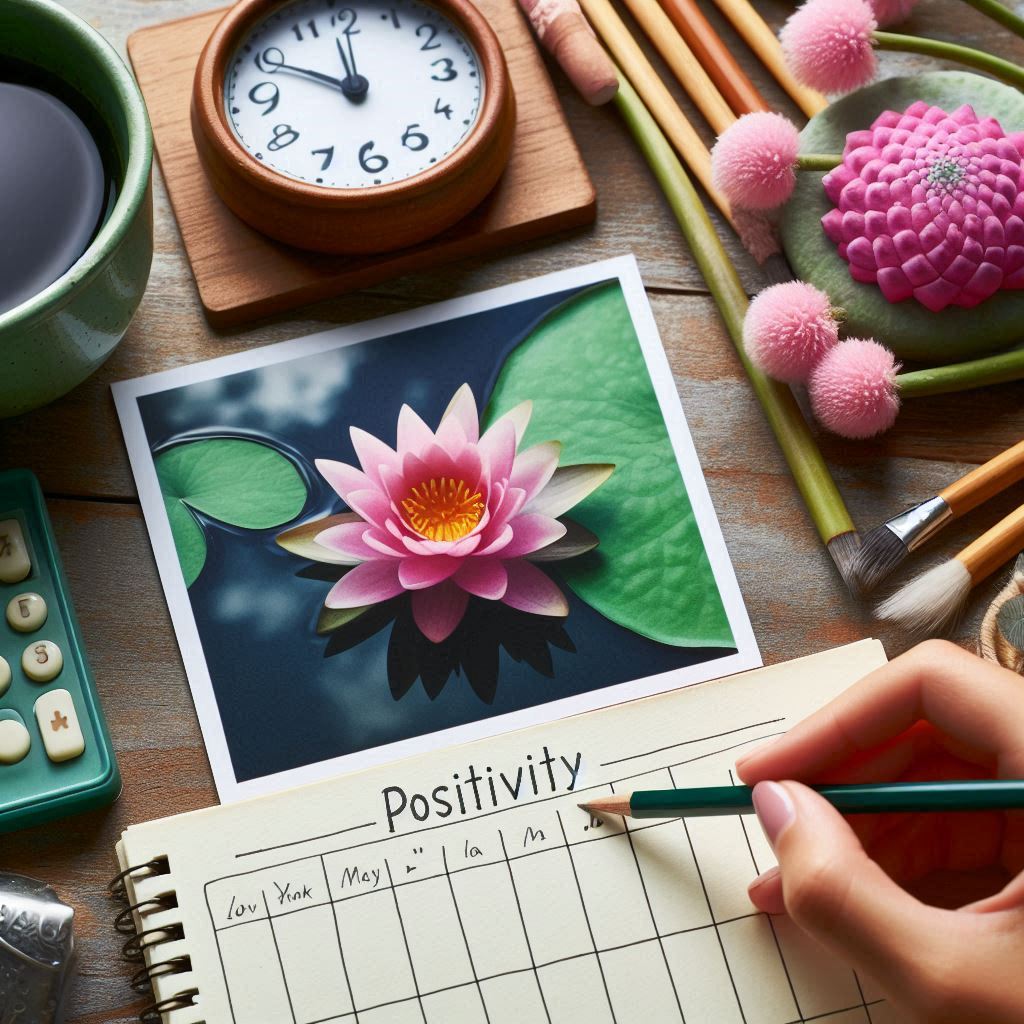How to Practice Downward-Facing Dog
- Starting Position: Begin by lying face down on your mat. Push yourself up onto your hands and knees in a tabletop position. Position your hands directly beneath your shoulders with fingers spread wide for stability. Your knees should be directly under your hips, hip-width apart.
- Activating the Pose: Take a deep inhale. As you exhale, curl your toes under and begin to lift your knees off the floor. Simultaneously, raise your hips upward and back, creating an inverted V-shape with your body.
- Finding Alignment: Press firmly through your palms and rotate your inner elbows toward each other to engage your arms. Lift your sitting bones toward the ceiling, lengthening your spine. Initially, keep your knees slightly bent and heels lifted if necessary.
- Deepening the Pose: As your hamstrings relax, begin to straighten your legs and work your heels toward the floor. Don't force them to touch the ground—this will come with practice. Focus on creating a straight line from your wrists to your shoulders and from your shoulders to your hips.
- Hold and Breathe: Hold the pose for 5-10 deep breaths, allowing your body to settle deeper into the stretch with each exhale. Focus your gaze (drishti) toward your navel or between your feet.
- Exiting the Pose: To release, gently bend your knees and return to the tabletop position on an exhale, or come forward into a plank pose to continue your sequence.
For beginners, hold the pose for 30-60 seconds. As your practice advances, you can extend the duration up to several minutes. Remember to repeat 2-4 times during your practice session for maximum benefit.

